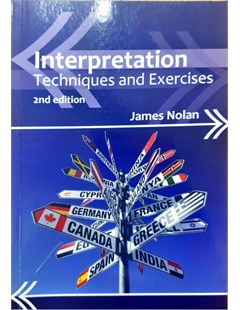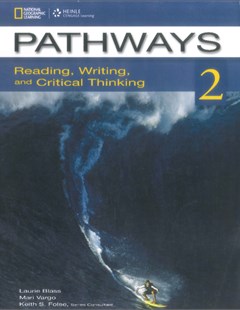Interpretation: Techniques and Exercises
Interpretation can be defined in a nutshell as conveying understanding. Itsvalue stems from the fact that a speaker's meaning is best expressed in his orher native tongue but is best understood in the languages of the listeners.In the art of interpretation several complex interrelated processes makeit possible to convey the semantic and emotive contents of a message fromone language and culture to another.
2012
Interpretation can be defined in a nutshell as conveying understanding. Itsvalue stems from the fact that a speaker's meaning is best expressed in his orher native tongue but is best understood in the languages of the listeners.In the art of interpretation several complex interrelated processes makeit possible to convey the semantic and emotive contents of a message fromone language and culture to another. The complex interaction of these processes and the difficulty of coordinating them simultaneously in the oral/aural mode require alertness, sensitivity, intense concentration and mentalagility. In some ways, training for interpreting resembles training for musi-cianship: the most fruitful approach is guided practice; individual aptitudesand skills are important; talent needs to be nurtured and encouraged; perfor-mance is improved by awareness of audience expectations; intuition plays arole; and there may be several valid ways of interpreting a particular passage.
Contents:
Speaking
Preparation/Anticipating the Speaker
Comples Syntax/Compression
Word Oder/ Clusters
General Adverbial Clauses
General Adverbial Clauses
Untranslatability
Figures of Speech
Argumentation
Diction/Register
Formal Style
A Policy Address
Quotations/Allutions/Transposition
Political Discourse
Economic Discourse
Humor
Latinisms
Numbers
Note-taking
James Nolan. Interpretation: Techniques and Exercises. Multilingual Matters, 2012.
 |  |  | |
| Ielts Advantage Writing Skills | Pathways 2: Reading, Writing, and Critical Thinking |
Thứ Bảy, 16:04 16/04/2022
Copyright © 2018 Hanoi University of Industry.